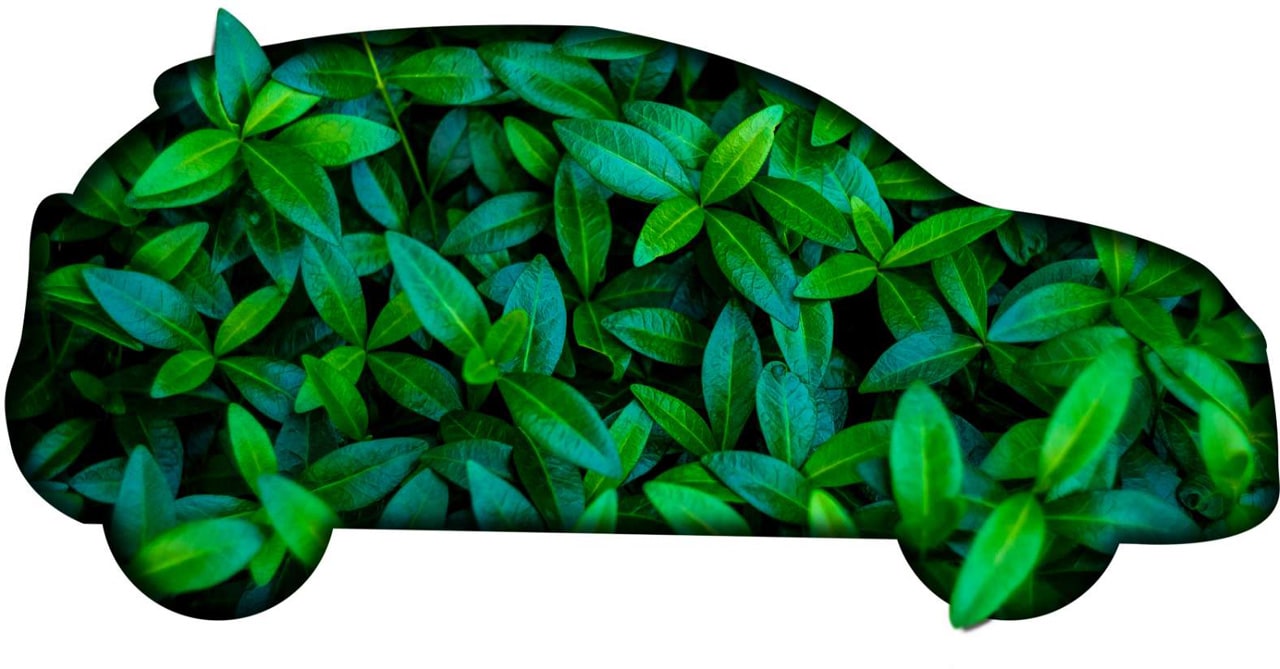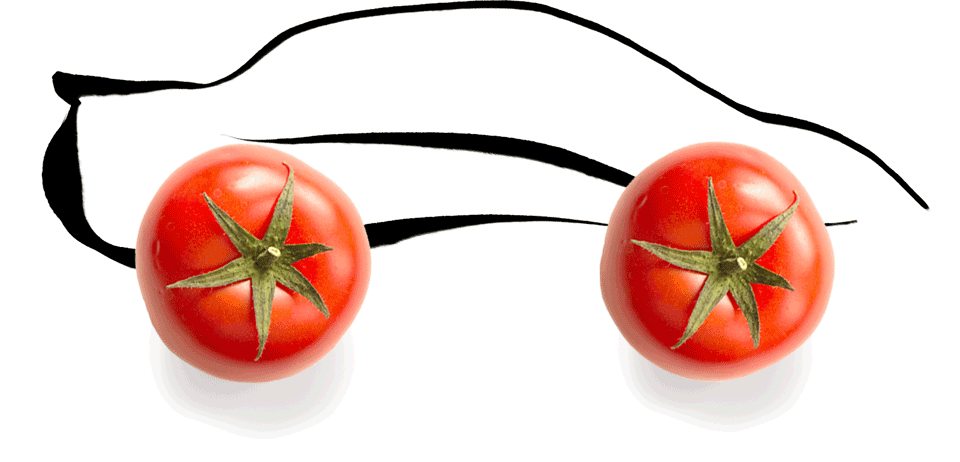Even in the world of science, accidental discoveries are never purely by chance.
Professor Pievani explains the importance of being "ready" for surprising results.
Tomato, rice, soy, agave and hemp: if the digital revolution has already been strongly influencing the automotive industry for years, offering a safer, more pleasant driving experience, the organic revolution is also slowly making headway, pushed by the need for car manufacturers to reduce their own environmental impact.
So now agricultural waste is becoming a raw material for developing the materials to produce storage compartments, seats, electric cables, floor mats, dashboards, and even tyres.
The motivation at the root of this revolution in the design and production of vehicles is particularly linked to international regulations, which have become more stringent on consumption and emissions, with the obligation for manufacturers to bring ever-lighter modes of transport to the market. This means substituting metal parts for others in plastic and lighter materials such as carbon fibre.
According to the experts, bringing the average weight of vehicles from 1380 kilograms in 2015 down to 1000 in 2050 will permit a 40% reduction in CO2[1] emissions.
Even today, a noteworthy percentage (around 20%) of the cars produced on assembly lines are already made from plastic, and it is predicted that this number will increase thanks to the recognised properties of polymers in absorbing sound and vibrations. But not only this: the gradual transition to lighter materials will also lead to lower production costs than currently, and the creation of more efficient industrial cycles, necessary for a global production of vehicles that, as reported by ANFIA (National Association for Auto Industry Sectors), should increase from 73.2 million in 2007 to 110 million in 2022, with 60% of the production increase generated between 2018 and 2022 going to Asian countries[2].
Beyond the traditional uses, such as finishes in wood, fabrics in cotton or seats in leather, organic raw materials are used as reinforcement or filling for biocomposites, or to create polymers, which must guarantee all the technical specifications required of a material for it to be used in car manufacturing: density, stretch, resistance to traction, heat and chemical substances.
And, naturally, efficiency from a cost perspective.
[2] ANFIA, Global economic situation and automotive industry trends 2018

“I guess you guys aren't ready for that yet, but your kids are gonna love it.”
This is what Marty McFly says to his bewildered audience in a key moment of the cult film Back to the Future. Sometimes, by chance, genius hits upon discoveries and innovations that the present is not yet ready to accept, let alone understand. Serendipity just happens. You cannot control it.
Today, the main automotive groups make extensive use of renewable raw materials[3], but between the end of the thirties and the beginning of the forties, it was Henry Ford who glimpsed the great potential of organic cars.
His Soybean Car, presented as a prototype in Dearborn (Michigan, USA) in 1941, made almost completely from soy fibres and powered by fuel derived from hemp, did not only aim to integrate the industry with agriculture, but also to make a vehicle available that was safer than one made from metal. With a further advantage: making himself independent from the metal shortage caused by the war in progress at the time[4].
The post-war boom, however, shut this ambitious project away in a drawer, and now it has been reborn in other forms[5]. The Ford Flex, a 7-seater SUV sold mainly on the American market, has storage compartments made from a biopolymer derived from wheat and reinforced with straw fibre, while the seats and the backrests of the Mustang, Expedition, F-150, Focus and Lincoln models, to cite just a few, use polyurethane foam derived from soya.
The bioplastic used on the Ford Flex can, according to data supplied by the Blue Oval house, reduce petrol consumption by over 9 tonnes, avoiding around 13.6 tonnes of CO2 emissions.

In 2014, the American auto giant and the Heinz Group, one of the biggest food manufacturing groups in the world, started to explore the use of tomato fibres to develop a new sustainable bioplastic material for vehicles. "You say Tomato; we say Tom-Auto", was their highly effective slogan. The aim: use the dried skins from tomatoes to produce mounting brackets for the cables in the electrical system, or small storage compartments.
In 2016, Ford also signed an agreement with the Mexican Jose Cuervo, the top seller of tequila in the world (it holds over 35% of the global market), to explore using the agave plant for the production of bioplastics to use in vehicles, both for internal parts (for example storage compartments) and for other uses, such as the air conditioning system.
Today, the average Ford vehicle uses between 9 and 18 kilograms of renewable plastic, such as foam and seals derived from soya, and foam and plastic derived from castor oil with reinforcement from natural fibres. An essential characteristic that biomaterials must have is durability. This is why nylon is used so much in the auto industry. Nobody - as they say at Ford - wants to see their own vehicle age prematurely.
The latest frontier of innovation crossed by the American car manufacturer is the inclusion of antimicrobial additives inside its cars, so that people who use shared cars do not pick up germs from the previous driver. Along with the development of self-cleaning material: it seems that drivers are fed up of dusting their dashboards. In post-pandemic times, we can predict that these applications will become central players in the growth of the industry.
Even in the world of science, accidental discoveries are never purely by chance.
Professor Pievani explains the importance of being "ready" for surprising results.
Knowing how to take a chance event and transform it into a true design icon.
Discovering the furniture designed by the talented Maestro Magistretti.
